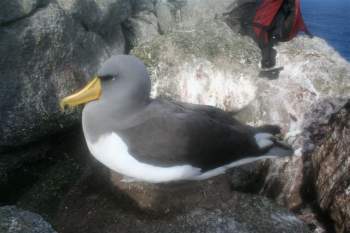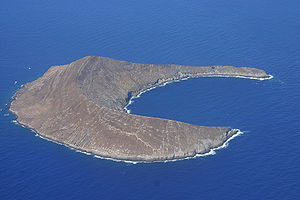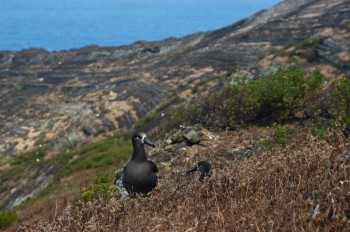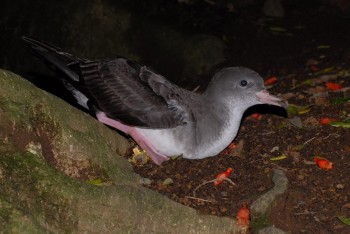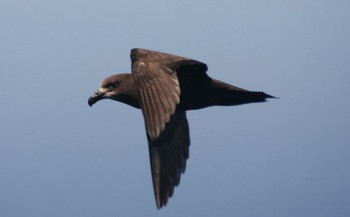In a speech to the United Nations General Assembly in New York this week, New Zealand’s Prime Minster John Key announced the intention to create a new large Marine Protected Area (MPA) covering 620 000 km² that will be centred on the chain of Kermadec Islands, 800 to 1100 kilometres north-east of New Zealand (click here).
The Prime Minister stated “The Kermadec Ocean Sanctuary will be one of the world’s largest and most significant fully-protected areas, preserving important habitats for seabirds, whales and dolphins, endangered marine turtles and thousands of species of fish and other marine life. It will cover 15 per cent of New Zealand’s Exclusive Economic Zone, an area twice the size of our landmass, and 50 times the size of our largest national park in Fiordland.”
The new MPA will be 35 times larger than the combined area of New Zealand’s existing 44 marine reserves. It will extend out to the 200 nautical mile limit of New Zealand’s Exclusive Economic Zone (EEZ), from Raoul Island in the north to L’Esperance Rock in the south. It will be the first time an area of New Zealand’s EEZ is fully protected.
The new MPA is reported to support six million seabirds of 39 different species. Seven species of procellariiform seabirds breed on the Kermadecs, including Wedge-tailed Puffinus pacificus and Little P. assimilis Shearwaters, along with three gadfly petrels Pterodroma spp. and two storm petrels, Hydrobatidae. According to a 2011 report, nine species of ACAP-listed albatrosses and petrels have been recorded within the Kermadec region as non-breeding visitors, several of which, such as the Antipodean Albatross Diomedea antipodensis, appear to occur year-round.
 \
\
Wedge-tailed Shearwaters
Rats Rattus spp. and feral Domestic Cats Felis catus were eradicated on Raoul, the largest of the Kermadec Islands at 29 km², between 2002 and 2006 by New Zealand’s Department of Conservation. The islands are surrounded by the Kermadec Islands Marine Reserve created in 1990 within 12-nautical mile territorial waters with an area of 7450 km². The Kermadecs, which themselves form a Department of Conservation Nature Reserve, are uninhabited except for a DOC field and weather station on Raoul Island.
The Kermadec Ocean Sanctuary will be a no-take, fully-protected zone with no commercial or recreational fishing or mining permitted. The New Zealand Government aims to pass legislation enabling the creation of the sanctuary by October 2016. Along with the USA’s Pacific Remote Islands Marine National Monument, the Australian Coral Sea Commonwealth Marine Reserve and the United Kingdom’s to-be-established Pitcairn Islands Marine Reserve a total of three and half million square kilometres in the southern Pacific Ocean will then be protected.
See also:
http://mfe.govt.nz/marine/kermadec-ocean-sanctuary
http://www.beehive.govt.nz/release/kermadec-sanctuary-global-contribution-ocean-protection
http://www.theguardian.com/environment/2015/sep/28/new-zealand-creates-vast-ocean-sanctuary
Reference:
Gaskin, C.J. 2011. Seabirds of the Kermadec region. Their natural history and conservation. Science for Conservation No. 316. 71 pp.
John Cooper, ACAP Information Officer, 01 October 2015

 English
English  Français
Français  Español
Español 